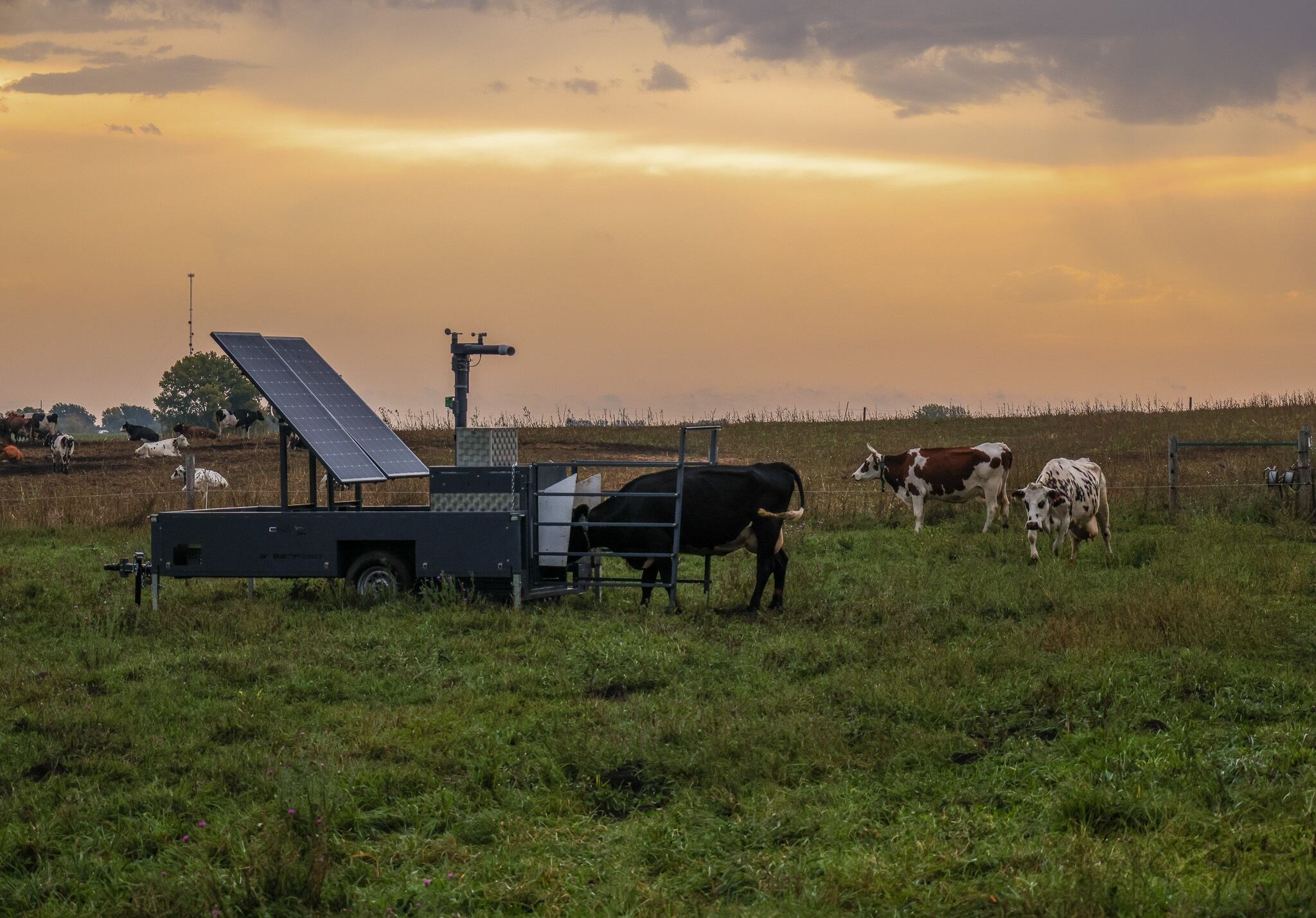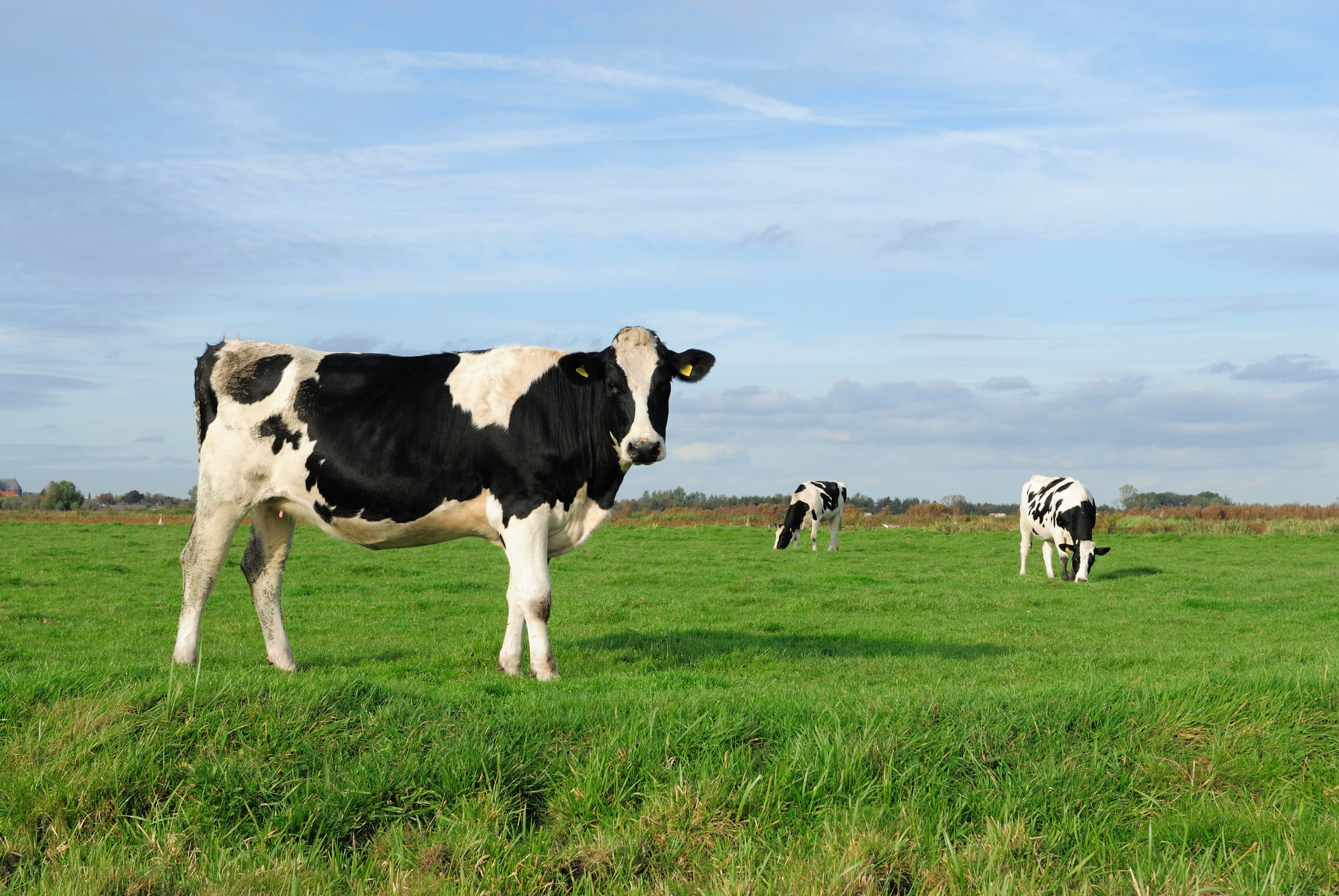As C-Lock continues to enhance the GreenFeed platform, its CSO tell us the device is evolving from a gas measurement tool into a sophisticated, multi-functional hub for animal health, nutrition, and welfare research.
The GreenFeed system involves a portable, pasture-friendly unit that measures greenhouse gas emissions (GHG) from individual animals and can aggregate emissions data from those to determine herd averages.
However, Meredith Harrison, chief scientific officer at the South Dakota, US-based C-Lock, noted that the technology is now enabling a host of innovative applications.
Cow health
Among the most advanced is work underway at ETH Zurich, where researchers are exploring exhalomics - exhaled-breath metabolomics -as a non-intrusive approach to assessing rumen fermentation -traditionally a highly invasive process. The team is using GreenFeed to analyse volatile fatty acids (VFAs) in cows’ eructated breath to determine ratios like propionate to acetate, which can signal health issues such as acidosis or predict milk fat production in dairy cows.
“This could be transformative,” she told us at the Animal AgTech Innovation Summit in Dallas, earlier this month.
“Current methods involve rumen fluid sampling, either by tubing or cannulation, both of which raise animal welfare concerns.”
With GreenFeed, researchers can collect breath samples without disturbing the animal.
However, there are still challenges with the exhaled VFA work. “The bagged samples degrade quickly, so proximity to lab facilities is key,” Harrison noted. “We’re actively exploring the acquisition of processing equipment to handle this analysis in-house, particularly for our US-based clients.”
How the monitoring unit works
The GreenFeed system functions as a baited feeding station, dispensing small treats such as alfalfa pellets to entice animals. While cattle voluntarily visit and feed from the unit, it captures their breath and measures emissions from cattle over a 3 to 5-minute window.
The unit works on free-choice behaviour, explained the CSO. The animals walk up to it, lured by the pellets, and that gives users the perfect moment to gather data, noninvasively.
Global adoption
Founded in 2005 by Dr Patrick Zimmerman, C-Lock sold its first GreenFeed unit in 2011 to Dr Alexander Hristov of Penn State University. Since then, the company has deployed over 850 units globally.
“The US remains our largest market, followed by Australia, with strong adoption of the devices in New Zealand, Ireland, and Canada,” reported Harrison.
To date, GreenFeed has been referenced in more than 500 peer-reviewed scientific studies. Early users, including DSM, leveraged the device for trials of methane inhibitors such as Bovaer.

Researcher-led innovation
Researchers are often the ones who come up with the most innovative use cases for GreenFeed, depending on the specific challenges they’re trying to solve, continued Harrison.
“For instance, the USDA has several GreenFeed units in operation, as do teams at Kansas State University. Once one research group demonstrates a novel application, others tend to follow suit. I was just in New Zealand two weeks ago, and we saw a great example of this -someone had a smart approach, and the local teams quickly picked it up. It spreads quite organically because it’s still a relatively small, close-knit sector.”
Smart sensors
Looking ahead, C-Lock is also investing in R&D to further expand GreenFeed’s capabilities. Ideas under consideration include integrating sensors for temperature, ketones, and stress indicators - especially relevant for transition dairy cows and animals exposed to heat stress.
The company already knows animals will reliably use the GreenFeed unit and that opens the door to embedding diagnostics, like retinal scanners or ketone sensors, directly into the station, she said.
C-Lock is also investigating the use of the system for delivering faecal markers such as titanium dioxide to help quantify feed intake - considered the ‘Holy Grail’ in pasture-based livestock systems.
The idea would be that GreenFeed unit, in a grazing environment, would provide a consistent marker dose every visit, with the potential to transform intake tracking.


